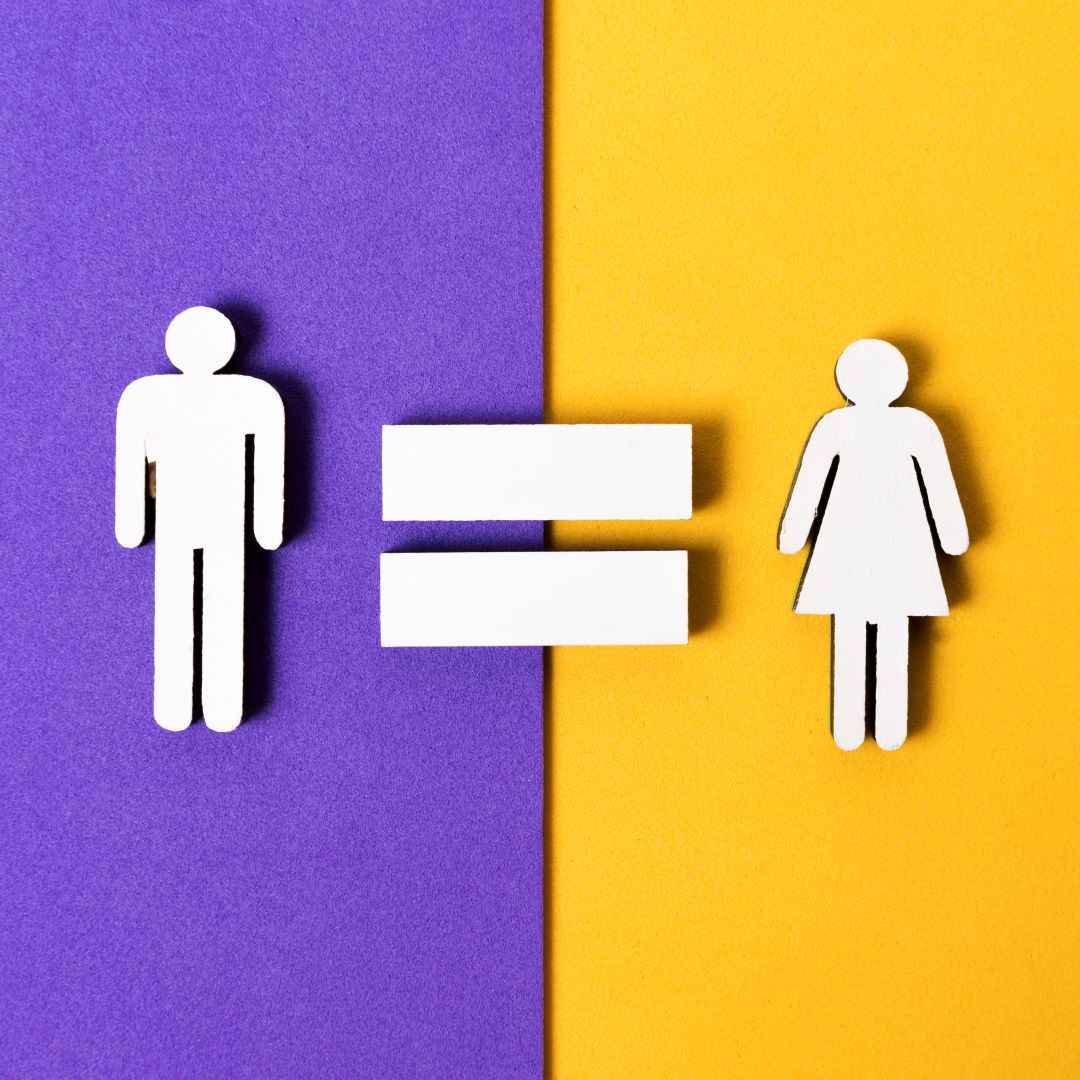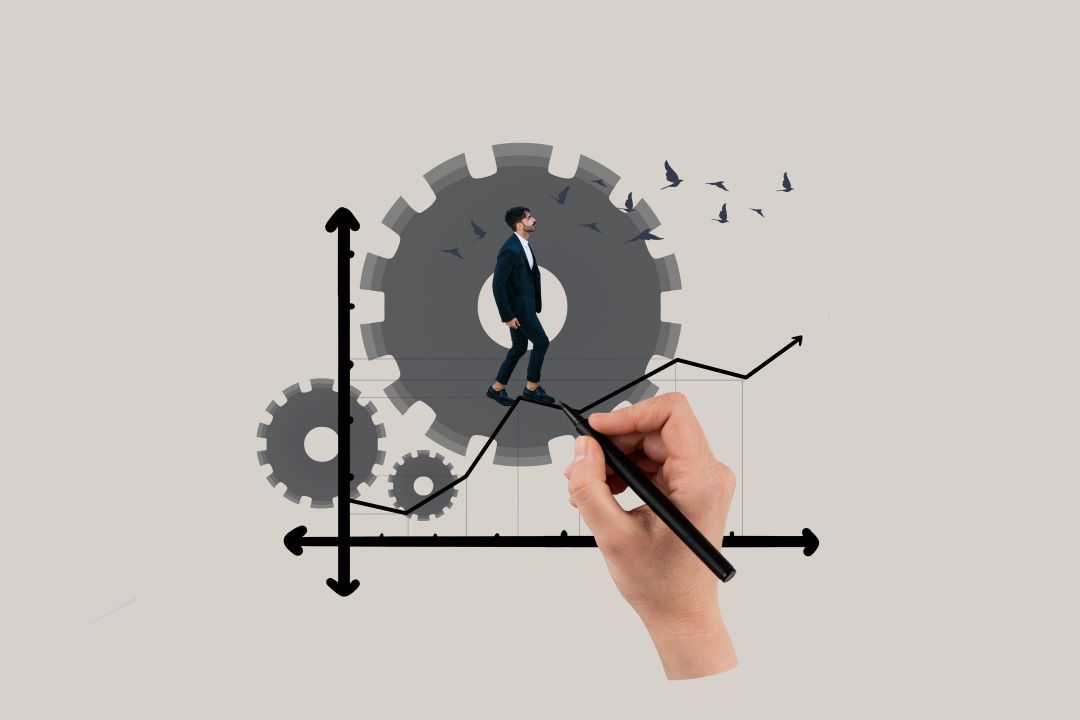Gender Inequality: Bias in the workplace
People have been fighting for general equality for a few decades, and although progress has been steady, we as a human race still have a long way to go. Despite significant strides like women having the right to vote, women’s rights, and laws that prevent gender inequality, there have been major setbacks when it comes to hiring decisions, performance evaluations, and the wage gap. Our systems have ingrained this bias and hindered the overall progress of gender equality.
Gender Inequality: Types of Bias
Before we can begin to tackle the various biases that encourage gender inequality, we need to first be able to identify and understand them. Some of the most common biases are:
Unconscious bias:
We all have pre-programmed stereotypes that affect our decision-making and how we perceive others. For example, a woman who is being assertive is often labelled as “aggressive,” while a man who does the same thing is perceived as confident.” These unintentional prejudices have been ingrained in our psyche since early childhood, making them difficult to decipher. Even though these are unintentional, they chip away at a woman’s credibility and contributions.
Occupational Segregation:
This is disguised as choosing a pink uniform for a hairdresser while choosing blue for an engineer. This outmoded notion is what funnels women into undervalued, traditionally female occupations, hindering their progress to leadership positions with higher salaries.
The “Mommy Penalty”:
Motherhood is a cornerstone of society. However, when a woman enters motherhood, she is perceived to be a liability to her organisation. Women should be recharged for their flexible work needs, penalised for taking leaves, and perceived to not be as committed to their careers as their male colleagues. This forces women to forego important career milestones and holds them back because of societal pressure and the bias of motherhood.
Understanding Gender Bias
Gender Inequality takes on a lot of forms and is often ignored under the pretence of workplace interactions. From stereotyping women to microaggressions and limiting opportunities, these biases often perpetuate a cycle of inequality that affects women everywhere. In order to understand the bias, we will have to unpack the layers of generations of conditioning and dismantle its foundations.
Gender Inequality disguised as Bias:
Biases exist all around us, but we often overlook them. Here are some faces of bias that we often overlook:
- Microaggressions:
Microaggressions (subtle or nonverbal) can create hostile environments for women at work. Things like these dismissive comments, biased assumptions about competence, etc. may seem insignificant, but over time they grow to represent small insidious acts that continuously affect a woman’s growth and confidence.
- Wage Gap:
The weight gap is a manifestation of the gender inequality that exists at work. Studies found that, on average, women earn less than their male counterparts for the same work that they provide. This economic inequality affects financial wellbeing and also undervalues the contributions of women in the workplace.
- Limited Opportunities:
There is a glass ceiling that women often find when trying to occupy positions of leadership. thinks like limited access to mentorship, limited and biassed promotion practices, excluding women from decision-making circles, and impeded progress of talented women. Is a great example of how women have to deal with limited opportunities.
Breaking the Gender Bias Cycle
- Open Dialogue: Have open conversations about bias and educate ourselves about bias to be able to overcome it.
- Challenging norms: Promote flexible work arrangements, mentor young women, and also champion gender-neutral hiring practices.
- Celebrate Success Stories: Women need to be identified and celebrated when they achieve any kind of success. Showcase achievements and write down narratives of success for other women to follow.




